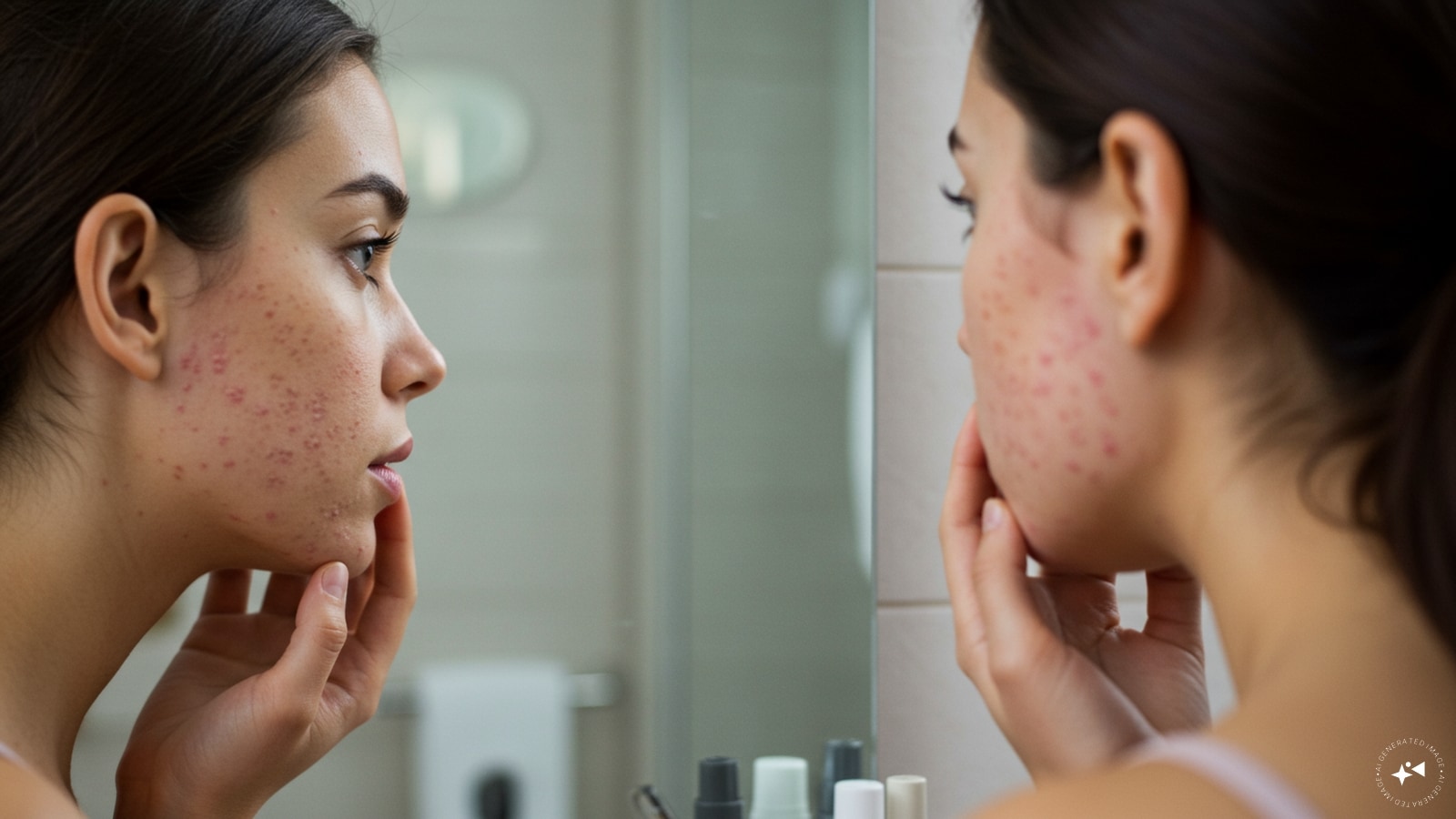Last Updated:
Healing hyperpigmentation on dark skin takes time, but with consistency, you’ll see lasting improvements that enhance your natural glow.

Fading hyperpigmentation on dark skin needs patience and consistency.
Hyperpigmentation – patches of skin that appear darker than the surrounding area – is a common concern for people with dark skin tones. It can be triggered by acne, sun damage, hormonal changes, or inflammation. While fading hyperpigmentation requires patience, the right approach can lead to noticeable, long-lasting results without damaging your skin’s natural glow.
1. Start with Sun Protection
Even if your skin rarely burns, UV rays can deepen existing dark spots and slow down healing. Apply a broad-spectrum sunscreen with SPF 30 or higher daily, even indoors. Look for formulas that leave no white cast, such as those containing micronised zinc oxide or tinted mineral sunscreens.
2. Gentle Cleansing and Exfoliation
Over-scrubbing can irritate the skin, leading to more pigmentation. Opt for gentle chemical exfoliants like lactic acid, mandelic acid, or polyhydroxy acids (PHAs). These dissolve dead skin cells, allowing brighter skin to emerge over time without triggering inflammation.
3. Target with Proven Brightening Ingredients
When researching how to fade hyperpigmentation on dark skin, focus on clinically backed ingredients:
- Vitamin C – Antioxidant that brightens and protects
- Niacinamide – Reduces inflammation and uneven tone
- Azelaic Acid – Targets both pigmentation and acne
- Alpha Arbutin – Gentle skin-lightening agent suitable for dark skin
- Retinoids – Boost cell turnover for gradual fading
Introduce these slowly into your routine to avoid irritation.
4. Avoid Skin-Lightening Shortcuts
Steer clear of harsh bleaching creams with high-dose hydroquinone or steroids without medical guidance, as they can cause long-term damage, including ochronosis (skin thickening and darkening). Always patch-test new products first.
5. Consider Professional Treatments
For stubborn pigmentation, dermatologists may recommend chemical peels, microneedling, or laser therapy tailored for dark skin. Always choose a professional experienced in treating melanin-rich skin to avoid complications.
6. Be Consistent and Patient
Hyperpigmentation doesn’t fade overnight. It can take 8–12 weeks to see results. Consistency in sun protection, targeted treatments, and gentle care is key.
Fading hyperpigmentation on dark skin is less about quick fixes and more about building a routine that protects, nourishes, and repairs. By combining daily sun protection, proven brightening ingredients, and gentle care, you can gradually restore an even, radiant complexion.
view comments
- Location :
Delhi, India, India







